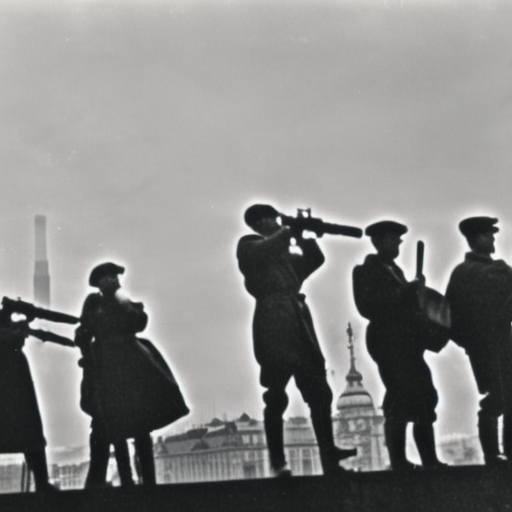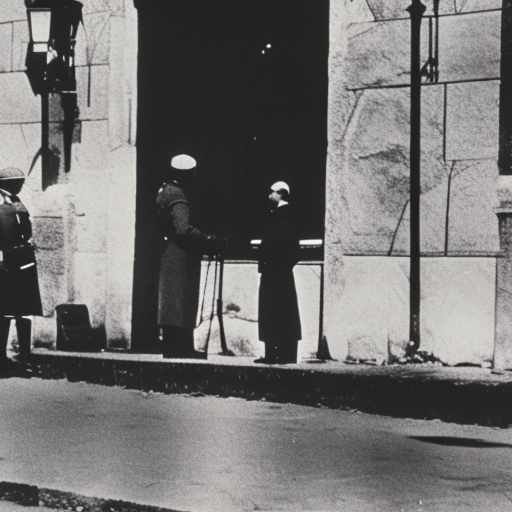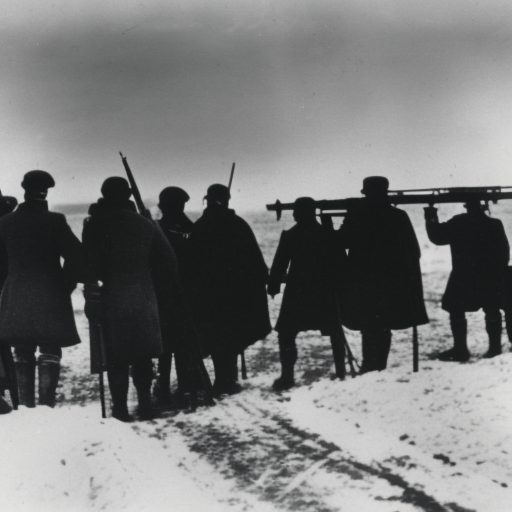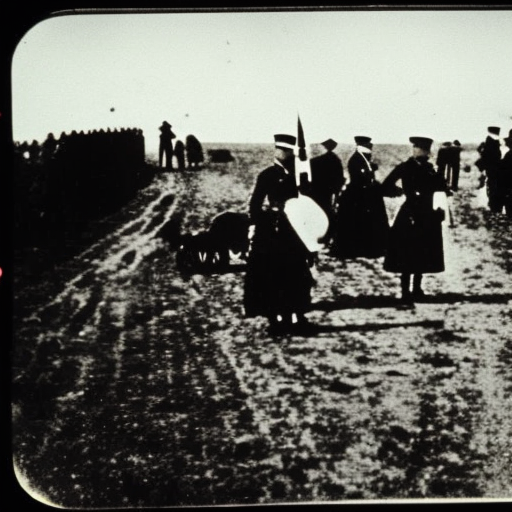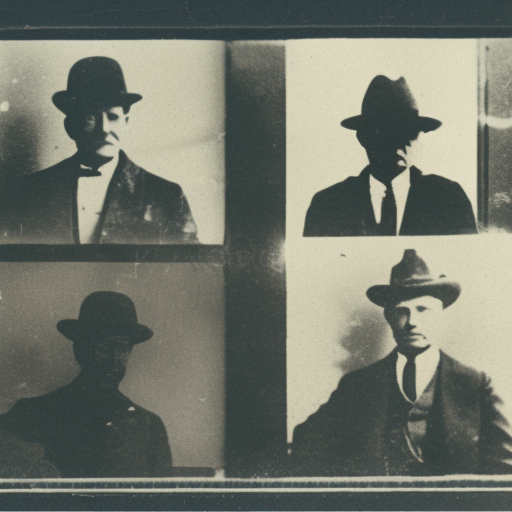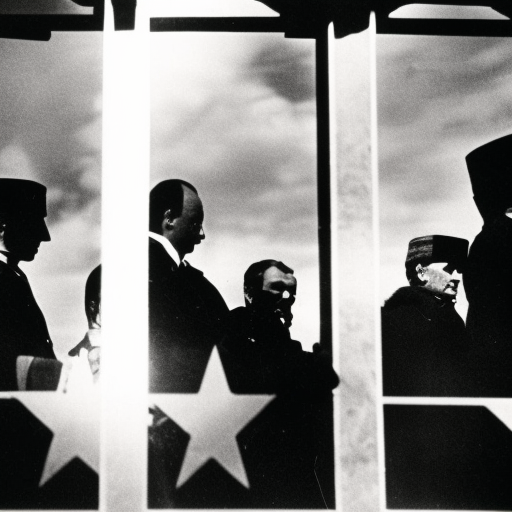The Solidarity Movement in Poland was a significant anti-communist movement that played a crucial role in the collapse of the Soviet Union and the end of the Cold War.
The Hungarian Revolution (1956) Explained
The Hungarian Revolution of 1956 was a nationwide uprising against Soviet-imposed communist rule in Hungary.
The Prague Spring (1968) Explained
The Prague Spring was a period of political liberalization and reform in Czechoslovakia that was abruptly ended by a Soviet-led invasion.
The Warsaw Pact (1955) Explained
The Warsaw Pact was a military alliance formed by the Soviet Union and its Eastern European satellite states in response to the creation of NATO.
The Locarno Treaties (1925) Explained
The Locarno Treaties were a series of agreements signed in 1925 aimed at ensuring peace and resolving territorial disputes in Europe after World War I.
The Treaty of Brest-Litovsk (1918) Explained
The Treaty of Brest-Litovsk was a peace agreement signed between Soviet Russia and the Central Powers, ending Russia’s involvement in World War I but resulting in significant territorial losses.
The Franco-Prussian War (1870-1871) Explained
The Franco-Prussian War was a conflict between France and Prussia that resulted in the defeat of France and the unification of Germany.
The Schlieffen Plan Explained
The Schlieffen Plan was a German military strategy developed in 1905 to quickly defeat France in the event of a two-front war.
The Edict of Nantes (1598) Explained
The Edict of Nantes (1598) granted religious freedom to French Protestants, ending the French Wars of Religion.
The Congress of Berlin (1878) Explained
The Congress of Berlin in 1878 aimed to redraw the map of the Balkans and resolve territorial disputes following the Russo-Turkish War.
The Taft-Hartley Act (1947) Explained
The Taft-Hartley Act of 1947 was a significant labor law that restricted the power of labor unions and promoted employer rights.










